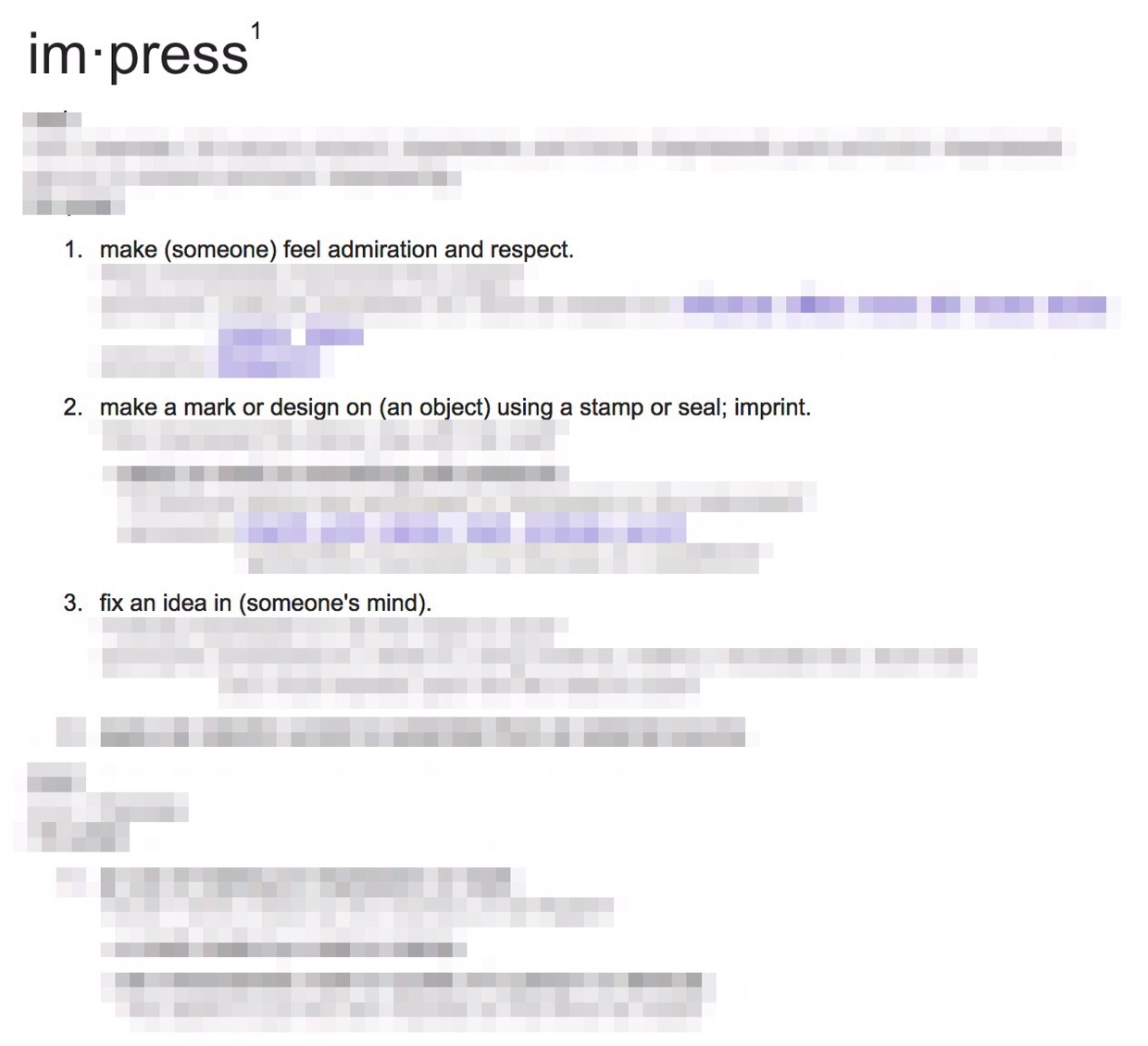We get a bundle of flyers at our doorstep every week. I call this our “fire-starter delivery service”. Paper flyers feel like a waste of time, trees and ink.
In the past, we printed things on paper because that was what we had. Paper was the best way to share information and keep records. We created “paper trails”, not because paper was the best option, it was the only option.
As more of the world moves to digital, many of the things that used to be printed on paper will move to screens, email inboxes and cloud services. For most of the things we used to print, there’s a better option available.
Someday, my fire-starter bundle will no longer be delivered to my doorstep (though there’s probably a Silicon Valley start up dropping fire-starter kits from drones).
But the rise of paperless society doesn’t mean the end of paper. Not at all.
Now we get to print things on paper on purpose.
When everything’s digital, the choice to print makes a statement. Holding a beautiful piece of paper in your hand commands your attention. A business card with texture will get stuffed in a pocket, but it will be remembered.
We can choose to use paper when we want to give our ideas weight (literally).
How often do you visit your bookshelf to look up a fact or find that quote? It turns out, Google is better at locating almost any fact or piece of info than a library. We don’t store books on shelves out of necessity anymore. Instead, books are symbols and artifacts. They’re physical things that give a person’s ideas a physical place in the universe (don’t get Seth Godin started on this…).
We can choose to use paper when we want to make an impression.
 The word “impression” shares its roots with words for printing in English and other languages. Coincidence?
The word “impression” shares its roots with words for printing in English and other languages. Coincidence?
The Great Discontent started as a digital magazine. They didn’t have to print anything. Yet they did, not out of necessity, but to make something beautiful (and, in their words, “to see if they could”). When you pick up a TGD magazine off the shelf, read the beautifully-set type, run your fingers over the thick pages and immerse yourself in the full-page photography, you have an experience that can’t be re-created on the screen.

I recently pulled an edition of the shelf and simply paged through it. I didn’t really want to re-read it, I wanted to re-experience it.
When we print on purpose, we have the opportunity to pick the right paper and create the right design in order to make an impression. We’re not simply transferring words on the most convenient medium available, we’re trying to command attention.
No, paper’s not dead. In fact, this may be paper’s finest hour.